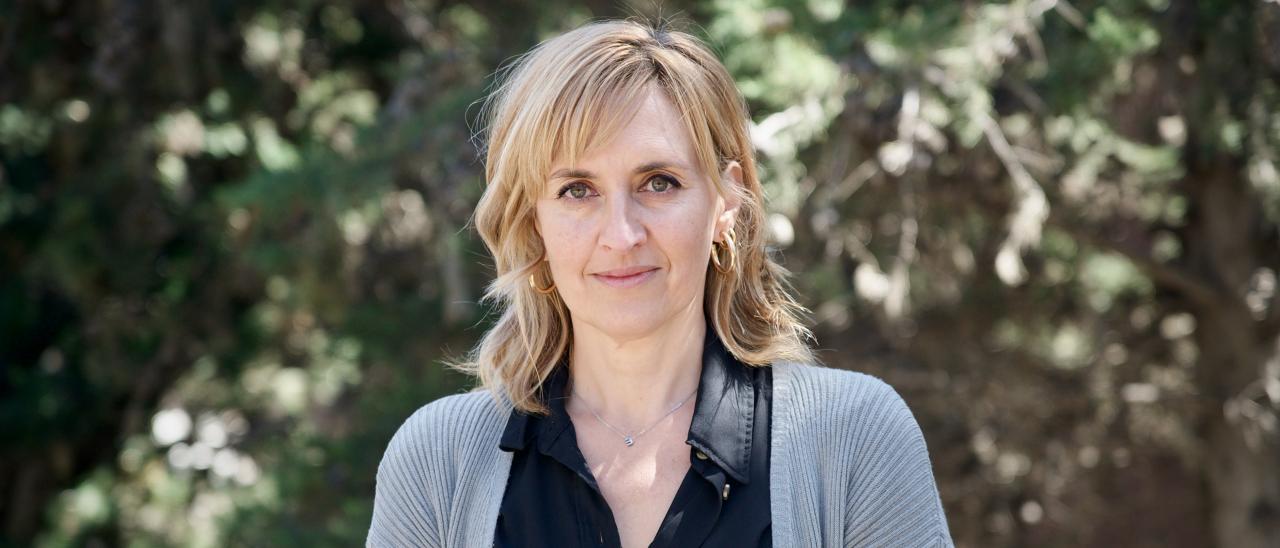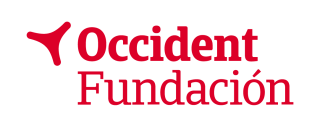Dr. Eva Villaver studies the influence of stars on their environment from two points of view: 1) the interaction with their surrounding interstellar medium in the form of winds, dust and chemical evolution and 2) the evolution of their planetary systems. The research work carried out by Dr. Villaver includes both theoretical and observational studies that require the use of very different techniques: analytical solutions, N-body codes, stellar and hydrodynamical evolution, and observations with ground-based and space-based telescopes and different techniques (photometry and high- and medium-resolution spectroscopy and imaging).
Her research work explains, among other things, the consequences of the interaction of stellar winds with the interstellar medium, the absence of planets at certain distance ranges due to the influence of tidal forces, or the pollution of metals in white dwarfs due to instabilities of planets in multiple systems. In addition to detecting the largest sample of planets around red giant stars or the first trace of tidal interaction in the star.
Dr. Eva Villaver began her scientific career at the Instituto de Astrofísica de Canarias and her work was awarded the prize for the best doctoral thesis 2001-2002 in astronomy by the Spanish Society of Astronomy. In 2001 she joined NASA as a postdoc at the Hubble Space Telescope Science Institute (STScI) and in 2004 she was hired by the European Space Agency (ESA) at the STScI. As a staff member of the European Space Agency at STScI she was part of the science policy division where she has been responsible for director time and the time allocation committees among other responsibilities. She returned to Spain in 2009 as part of the Ramón y Cajal programme, joining as a PCD at the Universidad Autónoma de Madrid where she has combined her teaching work with research and outreach. She has been awarded with a prestigious European research grant IRG of the Marie Curie Programme 2010-2014.
Currently she is a research scientist at the Astrobiology Centre, a joint centre of the Spanish National Research Council and the National Institute for Aerospace Technology (CAB/CSIC-INTA).


